David T’Kint is Partner at HBA EMEA based in Dubai. His career as an interior architect has resulted in an impressive set of travel credentials and he has worked with some prestigious hospitality brands. In this interview he shares with us insights on design trends in the travel sector and his how his passion for design has lead to a successful career.
Tell us more about your career and the journey to your current role.
I was born and raised in Brussels, Belgium. I started working overseas after graduation and have since travelled extensively, spending time in Los Angeles, Maldives, Kuala Lumpur, Paris and Shanghai.
I joined HBA 12 years ago. After seven years growing from senior designer to Partner of HBA Singapore, I took over HBA Dubai. Most recently, I was tasked to become Partner of HBA EMEA, which we launched in line with the opening of our first project: Great Scotland Yard hotel. I lead a diverse team of 60 designers, guiding them on their journeys and cultivating their skills.
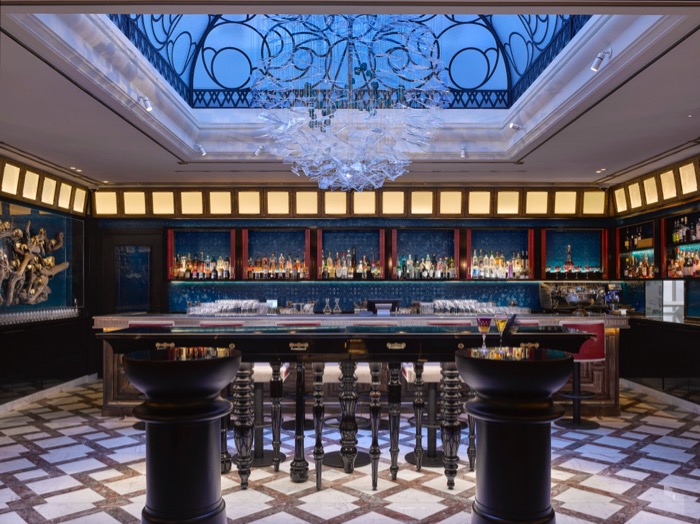
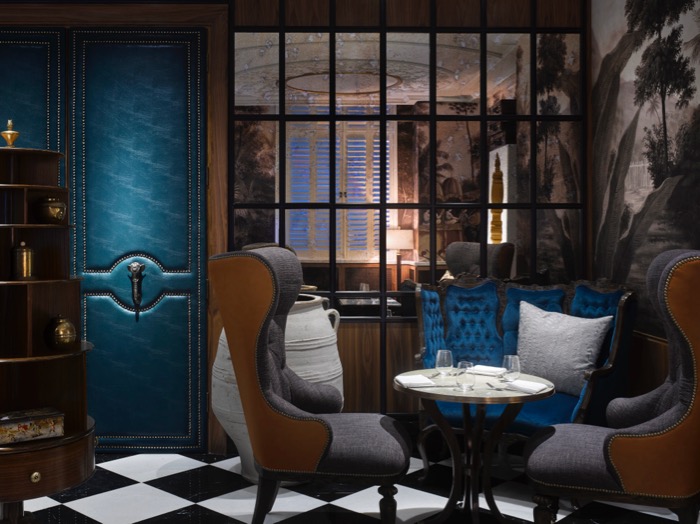
Your career in the hospitality design space spans over 15 years – what big changes have you seen in this time?
Trends evolve, as they do in any other business, but one thing that stands out is how much more work needs to be put into hospitality projects. The market has grown significantly and with competition stronger than ever, studios need to be nimble in their approach and able to make changes over the course of a project to keep up with this ever-changing landscape.
HBA EMEA works on both luxury and mid-market hotel designs. How easy do you find it to transition between the two?
Our strength lies in our hospitality background along with our understanding of front/back of house, the guest flow and the guest experience. The product offering between mid-tier and luxury is not the same, but the bones of a hotel project are. There is often less work involved in mid-market products because their offering is limited, but I often find these more challenging because of budget restrictions. This requires creative solutions and a lot of thought.
You now head up HBA EMEA, which was formed last year by merging your London and Dubai offices. What was the driver behind this?
As a company, we believe that we will always have to adapt to the market. We had noticed an increase in interaction between the locations; London was doing a substantial amount of design work in the Middle East, and our Dubai office was working on projects In Europe. It was therefore a natural evolution to have both offices under the same leadership.
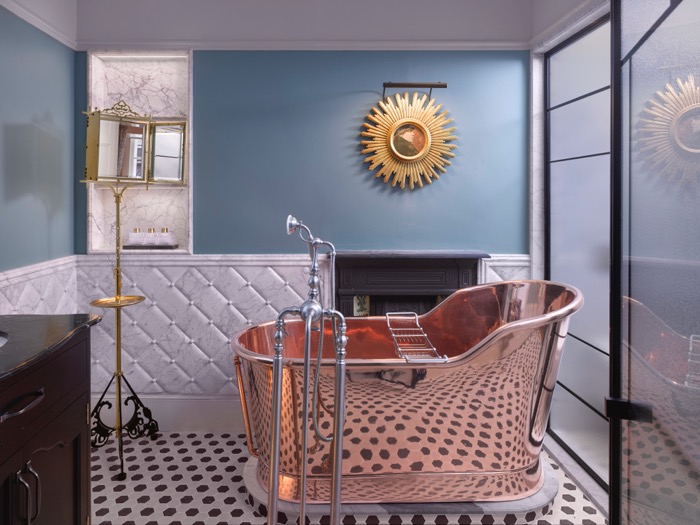
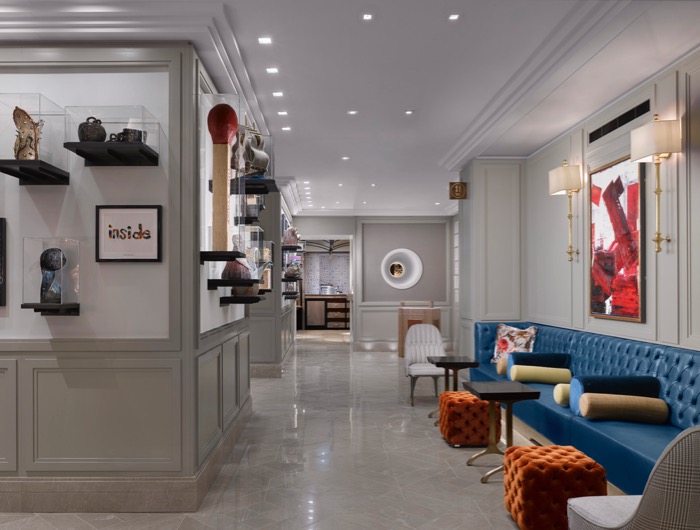
Great Scotland Yard was one of the first projects from HBA EMEA, what did the design aim to achieve?
The building is on the site of the London Metropolitan Police force’s former headquarters, so it has a rich and colourful history. It was imperative to capture this legacy and heritage by weaving it into the design.
The building is a combination of architectural styles – there are Edwardian and Victorian elements alongside each other – so we took inspiration from each of these to create a flavour of its history. We also wanted to celebrate the human story behind the building; it has hosted many important guests over the years which we factored into the design.
The hotel is tucked away just behind Trafalgar Square and feels like a hidden gem waiting to be discovered. Through its design, we hope we’ve unlocked some of its secrets to its guests.
Of all the HBA projects you’ve worked on, which one stands out as being the most unusual?
My work spans from contemporary to classic with many things in between. No two projects are the same, which means that every one is unique. However, The Sifang Hotel in Nanjing and Great Scotland Yard in London stand out in my mind because of their amazing locations and stories.
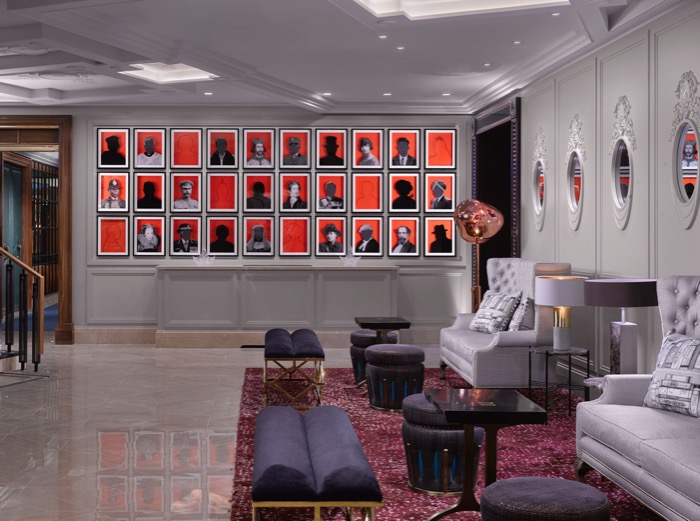
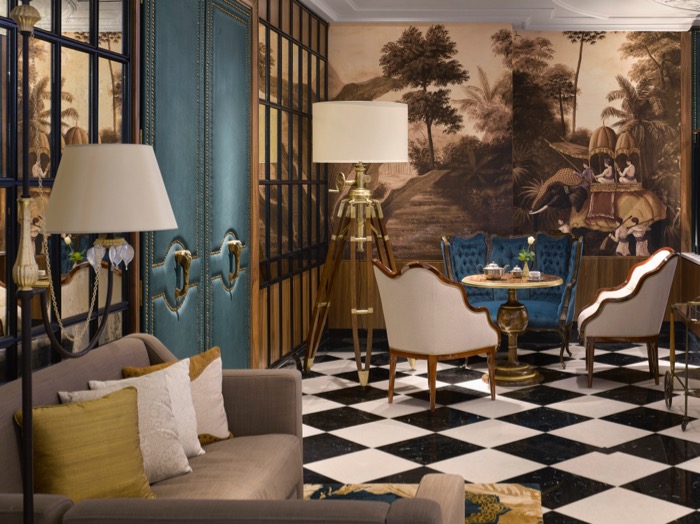
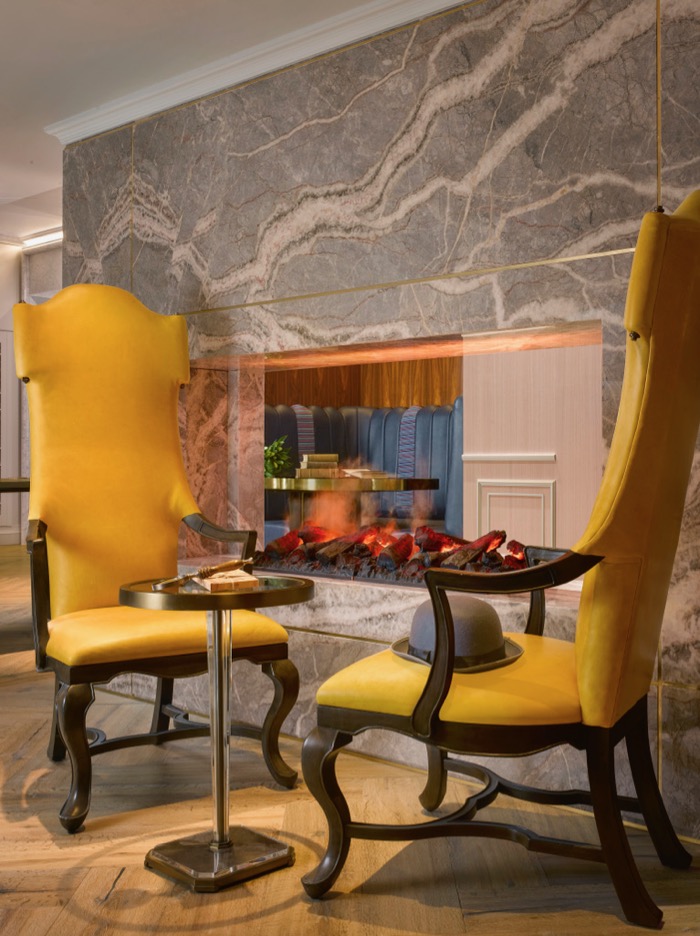
How is sustainability affecting hotel design?
Until recently, sustainability was more of a talked-about subject than a reality, mainly because of the cost associated with it. This is changing more and more though as developers are acknowledging that sustainability is a need for all of us; it’s not just a trend. The first step for the design industry is to source locally as much as possible.
Are there any destinations on your bucket list (for work or pleasure)?
I have travelled the world, but I am lucky to still enjoy discovering new places when I can. I have never been to Peru, Mauritius or New Zealand, where I’d love to go on a family holiday. I would very much like the challenge of designing a hotel in New York.
What do you look for in a well-designed hotel?
An experience. Whether it’s mid-tier or uber luxury, a hotel must evoke emotions initiated by the experience, regardless of the guest’s personal preference.
If you were to have a life motto, what would it be?
“Be driven by your passion”




